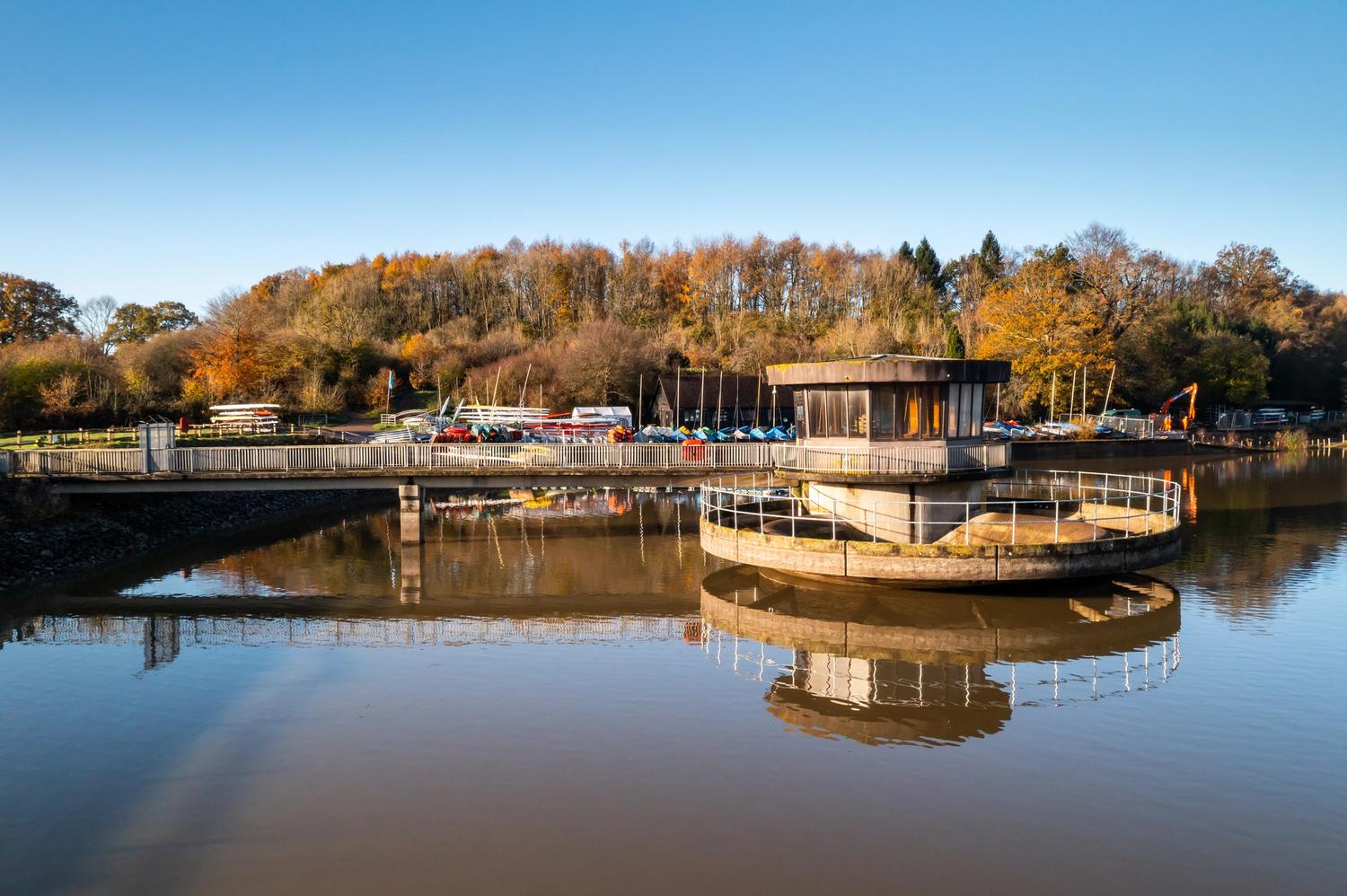A reservoir is traditionally an open-air storage of water where water is collected and kept in quantity.
However, we also have underground service reservoirs holding treated water at many sites. Service reservoirs are different to aquifers, which we also use, as aquifers are a more natural water storage process where water is extracted through a borehole.
We have two reservoirs open to the public all year round, Arlington Reservoir in East Sussex and Ardingly Reservoir in West Sussex, and multiple smaller reservoirs dotted around our supply area.
Ardingly Reservoir is a Local Nature Reserve and sits within an Area of Outstanding Natural Beauty.
The reservoir was built in the early 1970s to supply water to the growing local population, help prevent flooding, and control water flows in the River Ouse. It can hold 4,773 million litres of water, comparable to around 1,880 Olympic-sized swimming pools.


In the winter, when the water levels in the River Ouse are at their highest, we pump water into the reservoir. The water then gets turned into high-quality drinking water at Shellbrook Water Works, which is nearby.
When the river levels are low, we release the water back into the River Ouse to be treated further downstream at our Barcombe Water Treatment Works.
As well as being a source of water for thousands of local homes, Ardingly Reservoir is home to more than 60 bird species, including kingfishers and nightingales and is visited by migrating ospreys on occasion. It's also home to the notoriously shy but adorable dormice.
Our Environment Team encourages a diverse range of flora to grow in the wooded area by cutting back trees to allow new shoots to grow. This allows sunlight to reach the ground and allows stunning displays of spring flowers to grow.
The wood from the cut trees is then reused to create fencing around Ardingly or Arlington Reservoir.
When visiting Ardingly, we hope you enjoy the beautiful views, peaceful walk and even spot some interesting wildlife on our Kingfisher Trail.
Share this Article: